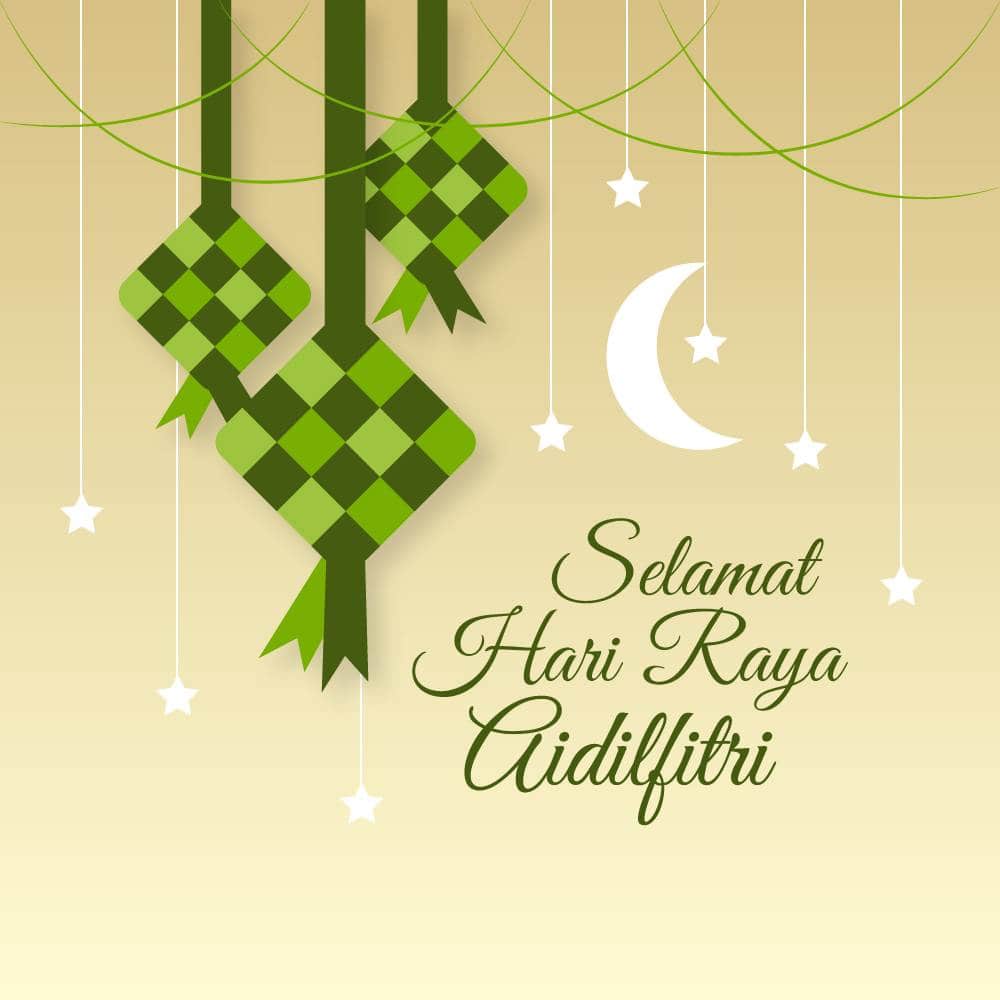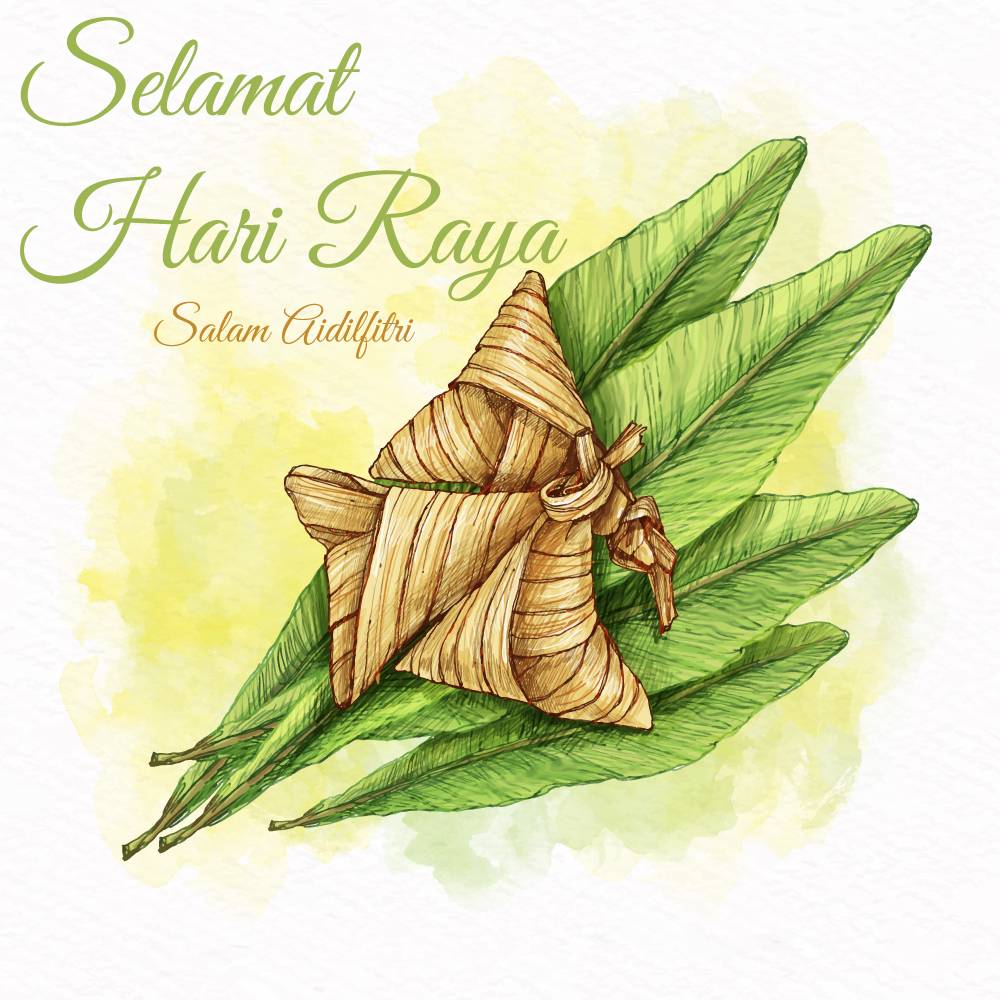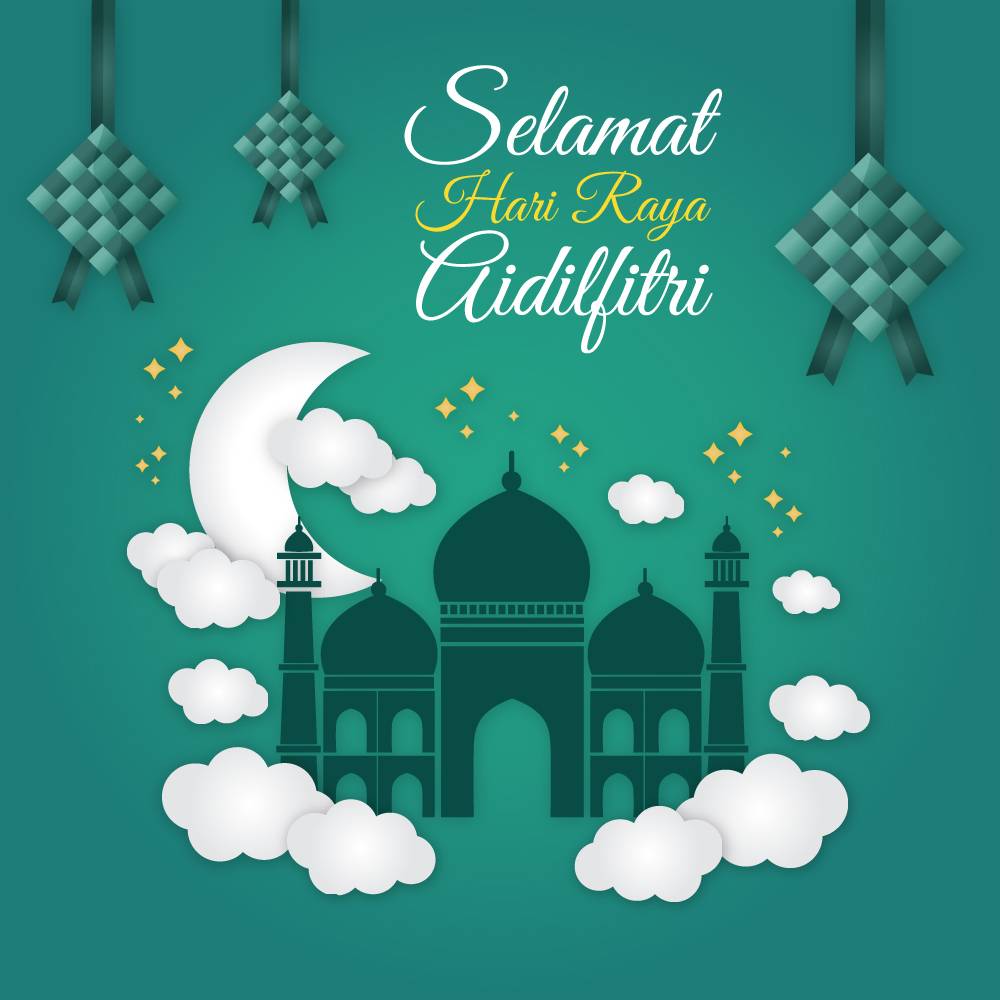The Evolving Tradition: Kad Jemputan Hari Raya in the Digital Age
The air is thick with the aroma of spices, homes are adorned with twinkling lights, and the sound of festive tunes fills the streets. It's Hari Raya Aidilfitri, the joyous celebration that marks the end of Ramadan for Muslims worldwide, and the spirit of togetherness is palpable. Central to this spirit is the act of inviting loved ones to share in the festivities, a tradition beautifully upheld through "Kad Jemputan Hari Raya," the traditional Malay invitation cards.
For generations, these intricately designed cards have served as a tangible expression of warmth and hospitality, personally inviting friends and family to partake in the Hari Raya feast and celebration. But in our increasingly digital world, where instant messages and social media have become primary modes of communication, what is the relevance of these traditional cards?
The answer, it seems, lies in their enduring charm. Kad Jemputan Hari Raya represent far more than a mere invitation. They embody a cultural heritage, a tangible link to cherished traditions passed down through generations. The act of selecting, writing, and sending these cards holds a special significance, reflecting the care and effort put into strengthening familial and social bonds.
While digital invitations offer unparalleled convenience and speed, Kad Jemputan Hari Raya retain a unique appeal. The tactile experience of receiving a beautifully designed card, often adorned with intricate patterns and heartfelt messages, evokes a sense of nostalgia and personal touch that digital messages often lack. This sense of personal connection is amplified when the cards feature personalized touches, such as family photos or handwritten messages.
The evolution of Kad Jemputan Hari Raya reflects a fascinating interplay of tradition and modernity. While traditional designs incorporating Islamic calligraphy, floral motifs, and vibrant colors remain popular, contemporary designs have emerged, incorporating modern aesthetics and even digital elements. This evolution ensures that the tradition remains relevant and resonates with younger generations, bridging the gap between the old and the new.
The significance of these cards extends beyond their aesthetic appeal. They serve as a tangible reminder of the importance of maintaining ties with loved ones, reinforcing a sense of community and shared celebration. In a world increasingly driven by digital interactions, Kad Jemputan Hari Raya offer a heartwarming reminder of the enduring power of personal touch in strengthening relationships.
Advantages and Disadvantages of Traditional Kad Jemputan Hari Raya vs. Digital Invitations
| Feature | Traditional Cards | Digital Invitations |
|---|---|---|
| Cost | Can be expensive depending on design and quantity | Generally more affordable, even free options available |
| Environmental Impact | Uses paper, potential environmental impact | Eco-friendly, reduces paper waste |
| Time & Effort | Requires time for selection, writing, and mailing | Quick and easy to create and send |
| Personalization | Highly personalizable with handwritten notes and unique designs | Can be personalized, but may lack the personal touch of handwriting |
| Sentimental Value | Often kept as keepsakes, hold sentimental value | Less likely to be kept long-term |
Whether opting for the traditional charm of Kad Jemputan Hari Raya or the convenience of digital invitations, the essence of Hari Raya lies in the spirit of togetherness and shared joy. These invitations, in all their forms, serve as a beautiful embodiment of this spirit, connecting hearts and homes during this special time of year.
The monday mood rollercoaster why end of the day monday work memes are so relatable
Whimsical wanderings exploring cute ghost drawing ideas
Unlocking the secrets of horse racing your guide to winning insights









